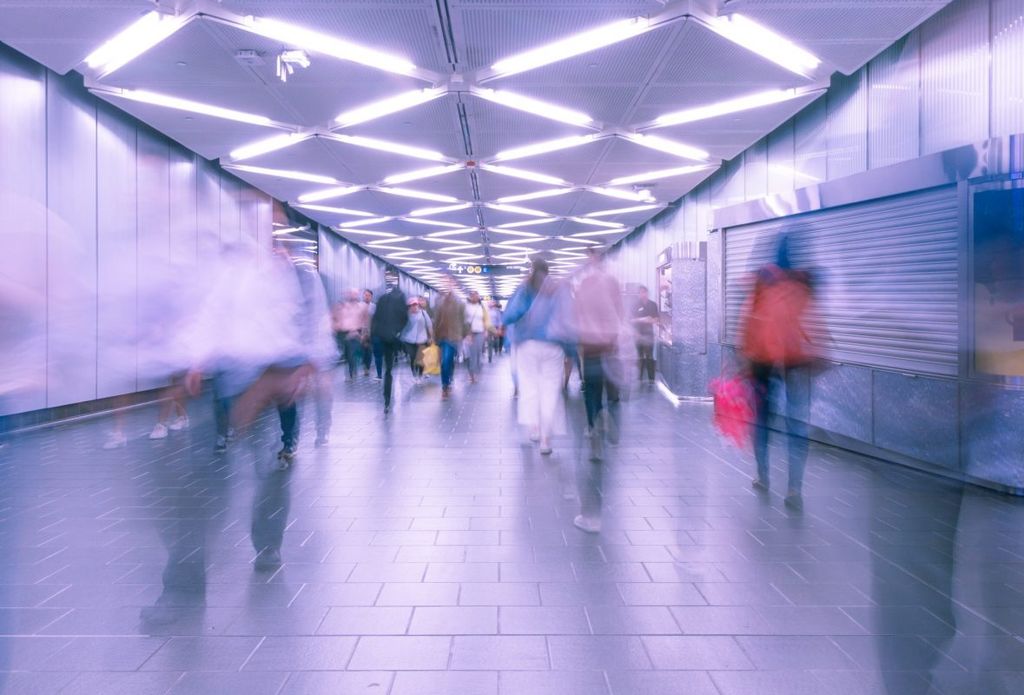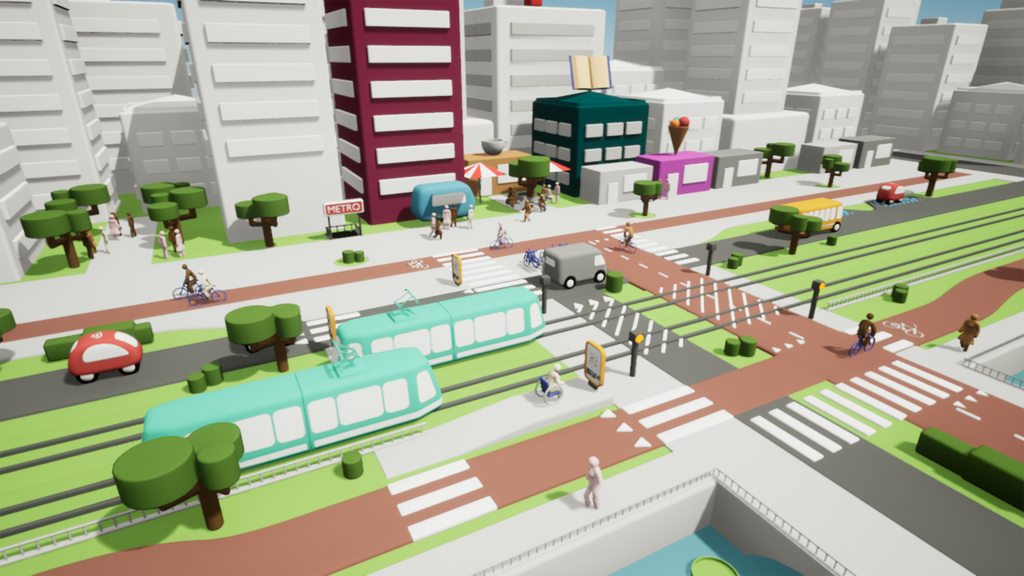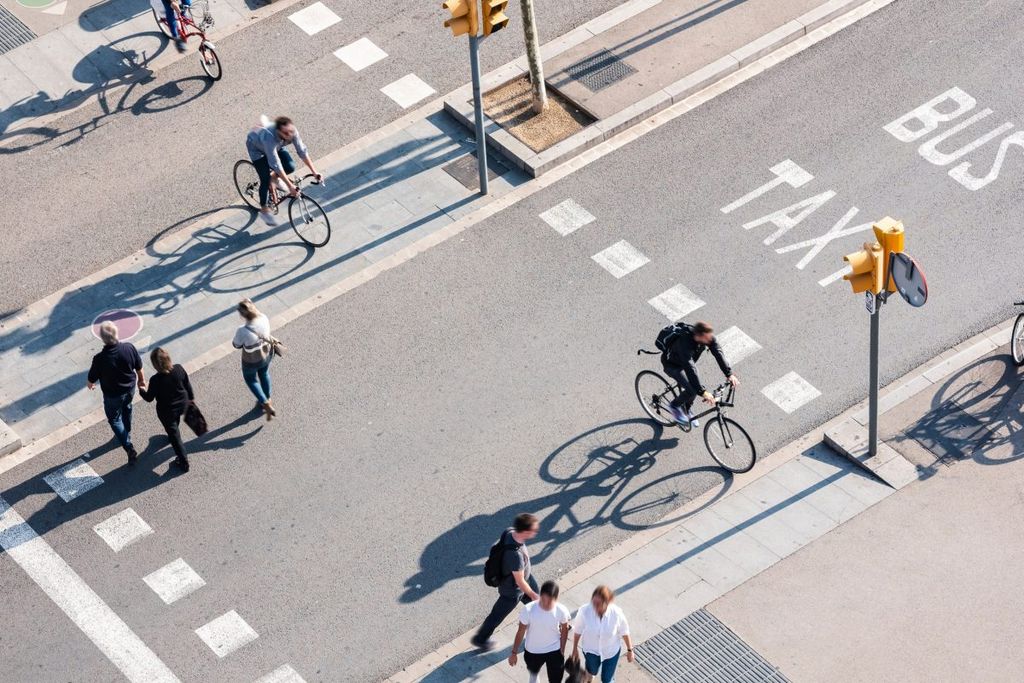
Flattening the peak: Guiding post-pandemic recovery planning
We’re all aware of the problems of busy public transport
We have all been in that situation: Standing, waiting for a bus or train, surrounded by dozens of other people all doing the same thing. Then, when it finally arrives, we find that it is already crammed full of passengers. The lucky ones, those often willing to fight their way through the crowd, manage to secure a seat. The rest of us stand and cling to some support, looking forward to reaching our destination.
The transport sector is well aware of the problems that come with peak travel, from overcrowding to increased pressure on transport infrastructure and the subsequent low quality of service. Managing and distributing travel demand is a sure way to improve passengers’ perception of public transport, and that is why the sector has explored novel opportunities to adapt how and when we travel.
With the outbreak of COVID-19, the public transport sector promptly adopted the recommended safety measures and heroically remained in service for essential trips. The urgent need to create safe spaces for both passengers and transport workers while restoring faith in mass transport has provided a huge incentive to manage travel demand.
Our Knowledge Brief, Flattening peak travel time: Measures to better distribute travel demand, takes a closer look at recent case studies from around the world and discusses approaches to tackle congestion on public transport lines, which could guide post-pandemic recovery planning.
INSINC, Singapore
In Singapore, the INSINC (Incentive for Singapore Commuters) programme uses credits as an incentive, specifically to flatten their peak travel times. Commuters earn loyalty points based on the distance of their journeys on weekdays. If they travel outside of the rush period, they receive three times the credits which are redeemable for prizes or cash. Passengers can earn bonus credits for getting friends to sign up, and can even compete with one another by listing friends based on credit ranking.
CO-APS
Even though scientific evidence tells us that public transport is COVID-19 safe when the right measures are taken, being aware of the density in public transport can make passengers more comfortable when moving from A to B.
CO-APS is a new mobile application that helps reduce the spread of COVID-19 by managing density in public transport and public spaces. Launched earlier this year, this is a project funded by EIT Urban Mobility, with UITP in the Consortium. The CO-APS application gathers data from cities, operators and other sources to create a complete picture of the density in a specific station, platform or vehicle, and provide this information to operators and authorities.
But CO-APS is not just developed for passengers, it is also developed by passengers. Through in-app challenges, travelers are asked questions that should help create a real-time picture of the situation. How busy is it in a specific station? What percentage of passengers are wearing masks?
Currently, CO-APS is being piloted in Barcelona, Sofia, Istanbul and Karditsa (Greece). Find out more on the project website!
Keeping public transport safe
Overcrowded vehicles are irritating for customers, add pressure on the operators and can pose safety risks. This was true even before COVID-19. Yet, with the ongoing global pandemic, it is vital for passengers to feel comfortable and safe on public transport. With the current conversation revolving around how to rebuild trust in our services and bring back our customers, distributing the demand and managing the capacity is a viable solution. Read more in our recent Policy Brief, Public transport is COVID-safe, which provides evidence on passenger safety and recommendations for restoring confidence in the sector.
Did you know that we held a training programme on providing safe public transport and regaining passengers’ confidence? Check out the presentations on MyLibrary, available to all members until the end of December! And check out our trainings for 2021
Interested to hear stories on how the public transport sector stepped up this year to ensure safe journeys? Read about our Guardians of Mobility



